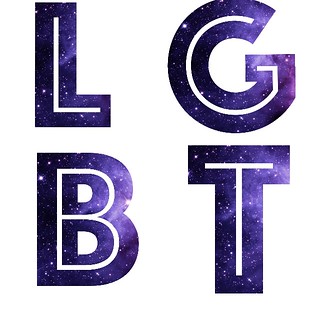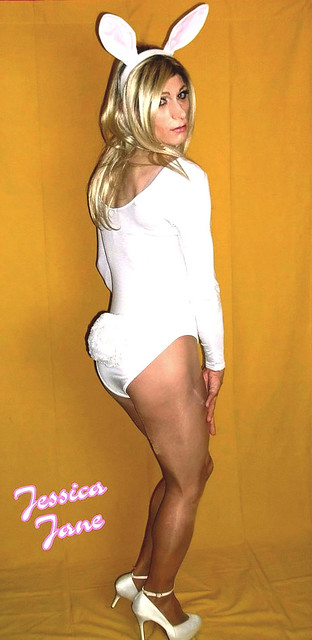The bisexual+ (bisexual, pansexual, fluid, queer, etc.) community continues to face pervasive erasure, invisibility, and stigma from both gay and straight communities alike . This stigma has serious, real-life consequences for the bisexual+ community, including suffering from higher rates of depression, substance-abuse, and suicide than their gay and straight peers. Here are five pitfalls for you to avoid in order to not be biphobic.
1. Avoid calling bisexual+ people gay or straight
If someone clearly states that they identify as bisexual+, do not identify them as gay or lesbian instead. Simply because a person is currently in a same-sex relationship, that does not negate one’s bisexual orientation. Similarly, if a person is in what appears to be a heterosexual relationship, it does not negate one’s bisexual orientation. A person’s orientation is not defined by who that person is dating, but rather by how they identify.
2. Avoid forcing bisexuals+ to “prove” their sexuality
A person does not need to have had sexual or romantic history with people of multiple genders to identify as bisexual+. Someone may have had relationships with people of the same gender or a different gender exclusively, and still identify as bisexual+ because they feel attraction to people of multiple genders. Relationship history does not define a bisexual+ person’s identity.
3. Avoid suggesting bisexuality+ is a phase
Do not imply that being bisexual+ is a phase and that bisexuals+ are “on their way” to being gay or lesbian or straight. People who self-identify as bisexual+ are not confused, indecisive, or lying. Studies consistently show that bisexuality+ is a distinct sexual orientation and not an experimental or transitional stage.
4. Avoid calling bisexuals+ “promiscuous”
A common stereotype is that all bisexual+ people do not want to be, or cannot be, monogamous. This is simply not true. Bisexual+ people are just as capable of forming monogamous relationships as straight, gay, and lesbian people. It is inaccurate and harmful to imply that bisexual+ people are more “promiscuous” than others. Since the 1990s, there has been a tendency to blame “promiscuous” bisexual+ people for spreading HIV and other diseases to the “general population.” This is a blatantly false and harmful stereotype. One’s type of relationship or sexual activity do not relate to sexual orientation. Heterosexual, gay, lesbian and bisexual+ people may choose to be non-monogamous for various reasons during their lifetime.
5. Avoid claiming bisexuality+ doesn’t exist
Bisexuality+ is a sexual orientation with a long history and a large population. In fact, more than half of people who are not straight identify as bisexual+. Bisexuals+ often have their identities erased by people outside and inside the LGBTQ community who claim being bi+ is a phase, not a distinct identity, or changes depending one’s relationship status. The assertion that bisexuality is a fake identity is actively harmful and often results in bi+ people being excluded from services or social spaces, or feeling unsafe in disclosing their identity. People in same-sex relationships can be still bisexual+, and people in different-sex relationships can be still bisexual+.

All tips are adapted from GLAAD’s Bi Media Resource Guide . Have other tips for not being biphobic? Tweet us @GLAAD with the hashtag #BiWeek.
 lesbian so get used to bitchs. #lgbt #lesbian #acceptance #prideart #life“>
lesbian so get used to bitchs. #lgbt #lesbian #acceptance #prideart #life“>









